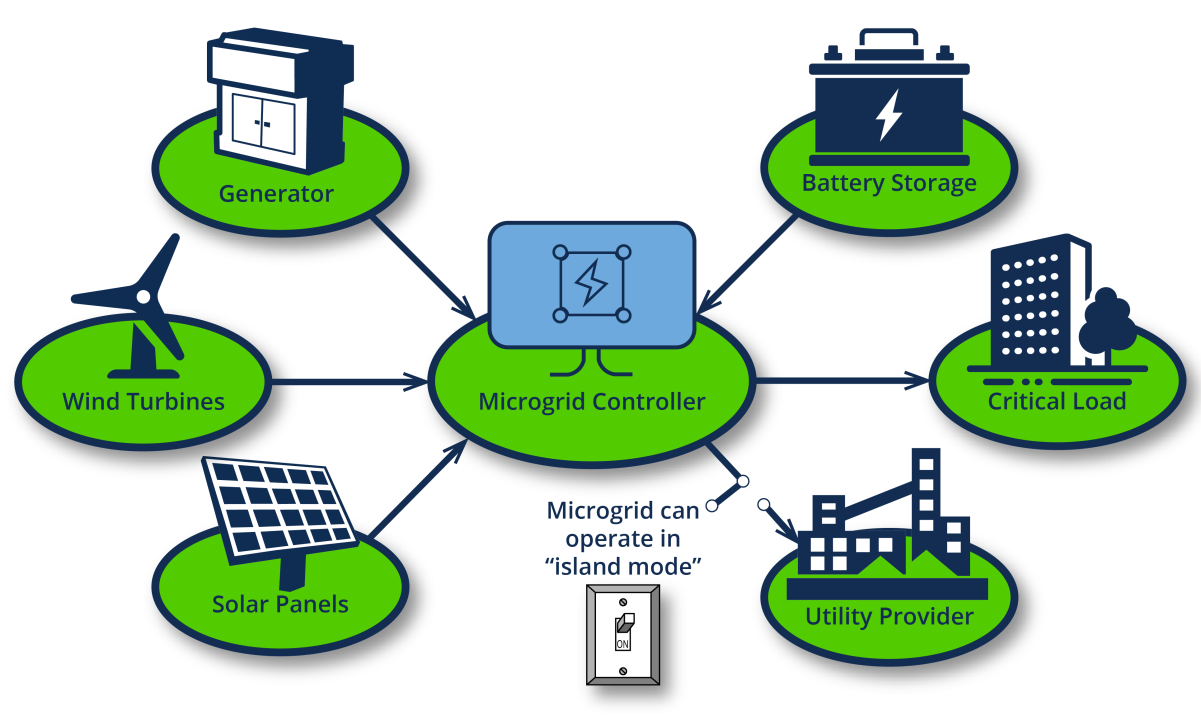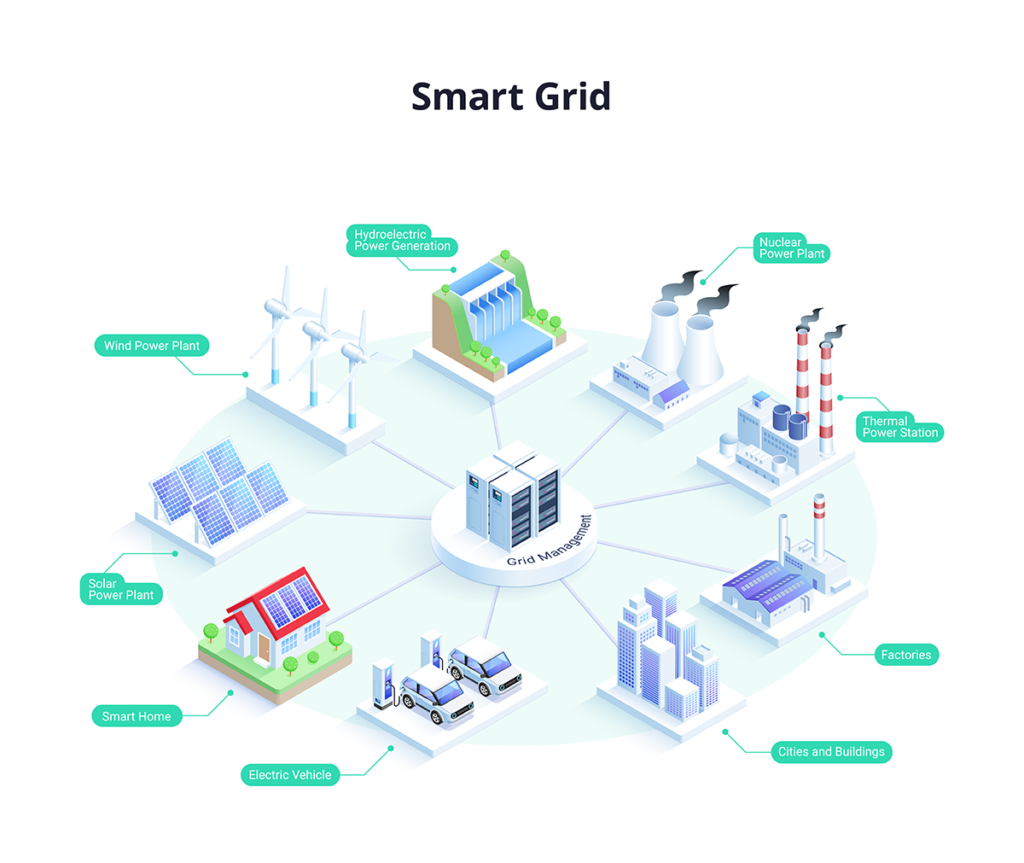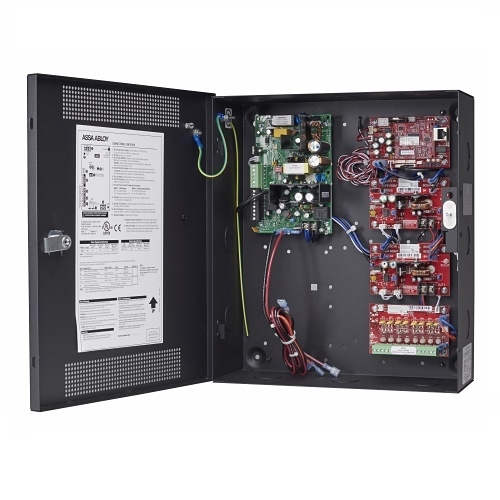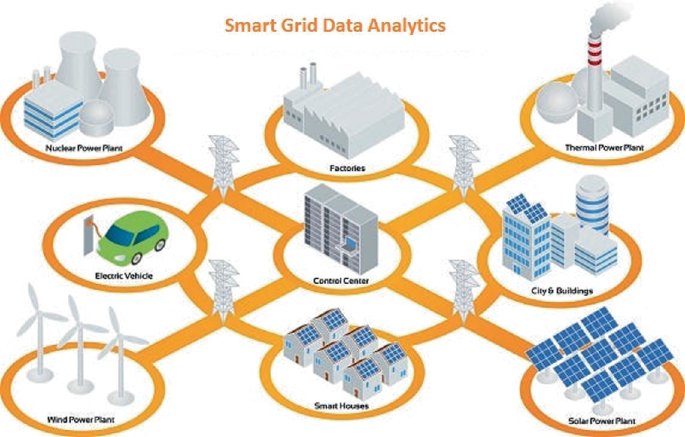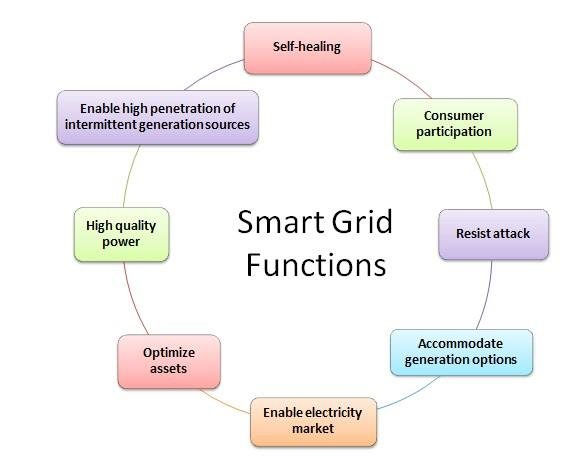Basic requirements for microgrid control strategies
Microgrid control strategies should meet the following two basic requirements:
- Connecting or disconnecting distributed generation (wind, photovoltaic, etc.) should not cause large changes in system voltage or frequency, nor induce significant system oscillations.
- During steady-state and transient operation, active power generation and transmission should remain essentially balanced, and reactive power should be controlled near zero. Control should achieve independent regulation of active and reactive power. The microgrid must also use an appropriate control scheme to enable seamless transitions between grid-connected and islanded modes.
Definition
A smart microgrid is an intelligent microgrid that uses modern communication and power electronics control technologies to autonomously manage system stability, reliability, and safety.
Operational control components
Smart microgrid operational control covers the following five areas:
- Power management: The power sources used in a smart microgrid include renewable and conventional sources. Power management identifies and controls the power output and operating condition of distributed generation, and allocates power to local distribution areas.
- Load management: Managing the total demand and characteristics of loads within the microgrid, and allocating energy to different loads as needed to ensure effective load control and supply security.
- Energy Management System (EMS): The EMS functions as the central controller for the microgrid, performing comprehensive monitoring, fault diagnosis, regulation, and optimization through complex analysis and optimization algorithms.
- Smart grid equipment control: The microgrid includes smart equipment such as smart meters, data concentrators, intelligent cables, and smart switches. These devices enable remote management and security control to help maintain system stability and flexibility.
- Network communication technologies: Communication networks form the foundation of a smart microgrid. Network connectors enable communication among components for data acquisition, information exchange, and control commands, supporting coordinated real-time control of the microgrid.
Summary
Operational control of a smart microgrid is implemented through a multi-layer integrated system that includes computing, communication, power electronics, EMS, and smart grid equipment. This system monitors and controls key microgrid functions, ensures operation according to design objectives, supports operational risk assessment, and optimizes energy use to achieve energy savings and emission reductions.
 ALLPCB
ALLPCB


